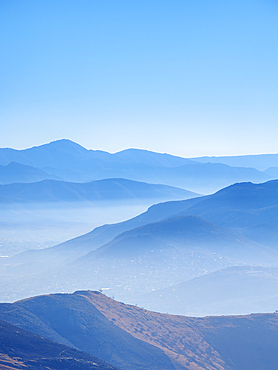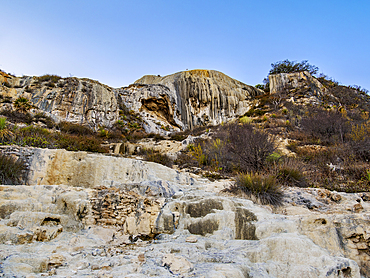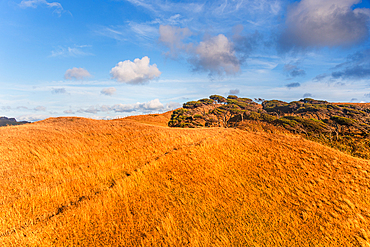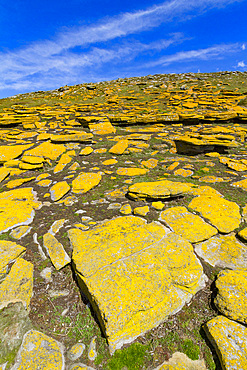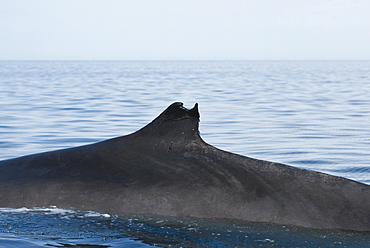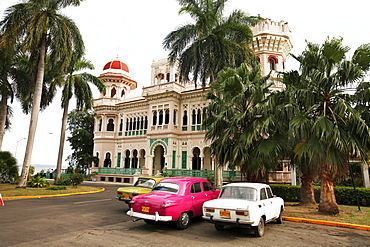Results
10 results found
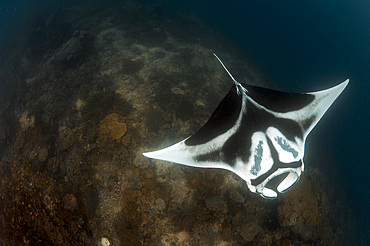
A giant oceanic manta ray (Manta birostris) with beautiful distinct markings, topside view, Dampier Strait, Raja Ampat, West Papua, Indonesia, Southeast Asia, Asia

The distinct shape of Suilvan mountain in Assynt, Sutherland in the Highlands of Scotland, United Kingdom, Europe

The distinct shape of Stac Pollaidh mountain in Assynt, Sutherland in the Highlands of Scotland, United Kingom, Europe
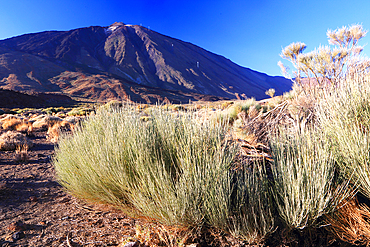
El Teide National Park, UNESCO World Heritage Site, Tenerife, Canary Islands, Spain, Atlantic, Europe

El Teide National Park, UNESCO World Heritage Site, Tenerife, Canary Islands, Spain, Atlantic, Europe
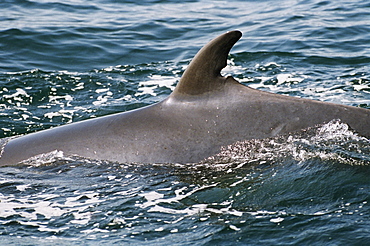
Minke whale (Balaenoptera acutorostrata) with an old wound in its dorsal fin now used to recognise this individual by biologists every year in the Hebridean waters. West coast, Scotland
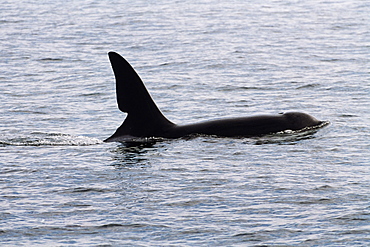
Semi-resident male Killer whale (Orcinus orca) off Scotland, known as John Coe recognised by the old wound in his dorsal fin. Hebrides, West coast of Scotland.
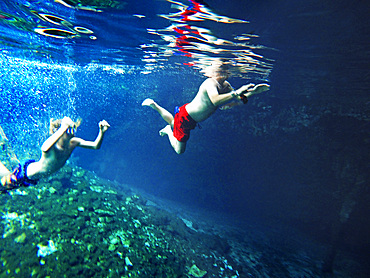
Gran Cenote de Tulum in Yucatan Peninsula, Quintana Roo, Mexico. There are thousands of cenotes dotted all over Mexico���s Yucatan Peninsula, and their existence is as much a defining characteristic of the region as is the distinct geological feature from which they result. Once revered by the ancient Mayans as sacred wells, they are now magnets for tourists, adventurers, and explorers alike.
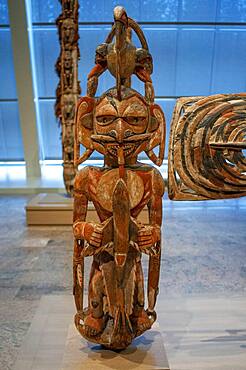
New Ireland Malagan funerary statue in at the Metropolitan Museum of Art museum, New York, USA. New Ireland is part of the Bismarck Archipelago, situated north of New Guinea, and has an estimated population of 100,000. The Dutch first encountered the island in 1616, and today New Ireland is a province of Papua New Guinea. Nineteen different languages are spoken on the island, and it is divided by a chain of mountains into three distinct regions: northern, central, and southeastern. The art of New Ireland traditionally centered on mortuary ceremonies and feasts to honor the dead. In northern New Ireland, the name given to these elaborate ceremonies is malagan, which is also the term used for the carved and painted sculptures associated with the ceremonies.
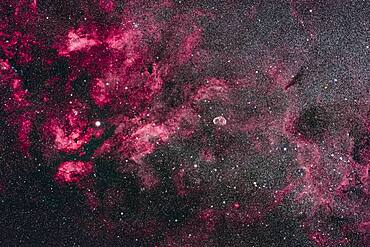
This is the central area of Cygnus and its bright Milky Way starcloud surrounded by red nebulosity. At left is the star Sadr (gamma Cygni) with the complex of nebulosity catalogued as IC 1318. At centre is the distinct Crescent Nebula, NGC 6888, a expanding nebula created by winds from a hot Wolf-Rayet star. At bottom left is the star cluster Messier 29, though looking a little lost in the rich starfields here. At top is the cluster IC 1311, looking more obvious than M29 but not observed visually and included in the NGC catalog. Odd. At far right are the large and loose star clusters NGC 6883 and NGC 6871, the latter an obvious binocular sight. To the left of Sadr is the small cluster NGC 6910. The dark nebulas B145 and LDN 862 are at right. The small emission nebula at bottom is Sharpless 2-104.

The province of Mendoza is part of all Argentine provinces that are vertically crossed by the Cordillera de Los Andes. The Principal Cordillera is the result of an early folding, with an average height of about 6500 meters. It has two distinct sectors: in the north and to the provincial Diamond Rio is characterized by a high narrow strip, which finds its highest expression in the Cerro Aconcagua 6962 m. In the southern provinces, from Diamond Rio to the South forms a wider and less high orographic belt.
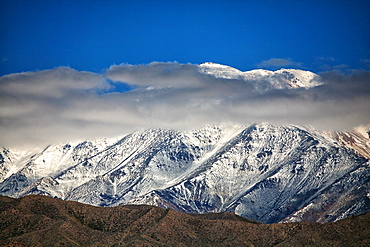
The province of Mendoza is part of all Argentine provinces that are vertically crossed by the Cordillera de Los Andes. The Principal Cordillera is the result of an early folding, with an average height of about 6500 meters. It has two distinct sectors: in the north and to the provincial Diamond Rio is characterized by a high narrow strip, which finds its highest expression in the Cerro Aconcagua 6962 m. In the southern provinces, from Diamond Rio to the South forms a wider and less high orographic belt.

Kevin Jorgeson climbing "Fantasia" at Lover's Leap, a popular granite climbing destination near Lake Tahoe in California's Sierra Nevada mountains. The cliff is known for its distinct horizontal quartz dikes which make interesting climbing. This route is considered a risky mental test piece because of its lack of good cracks for protection. It was first climbed in 1973 by Royal Robbins and Ken Wilson.

